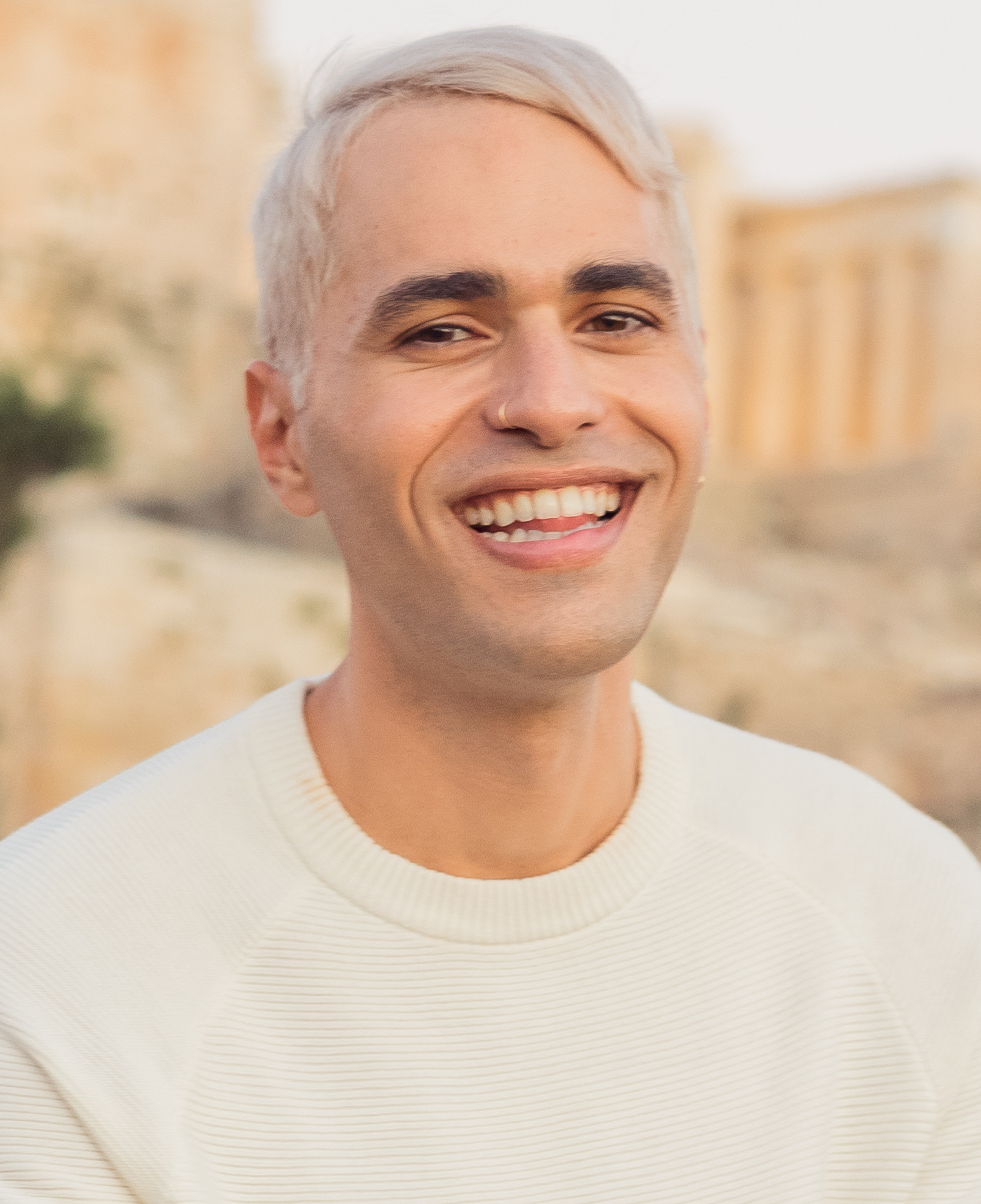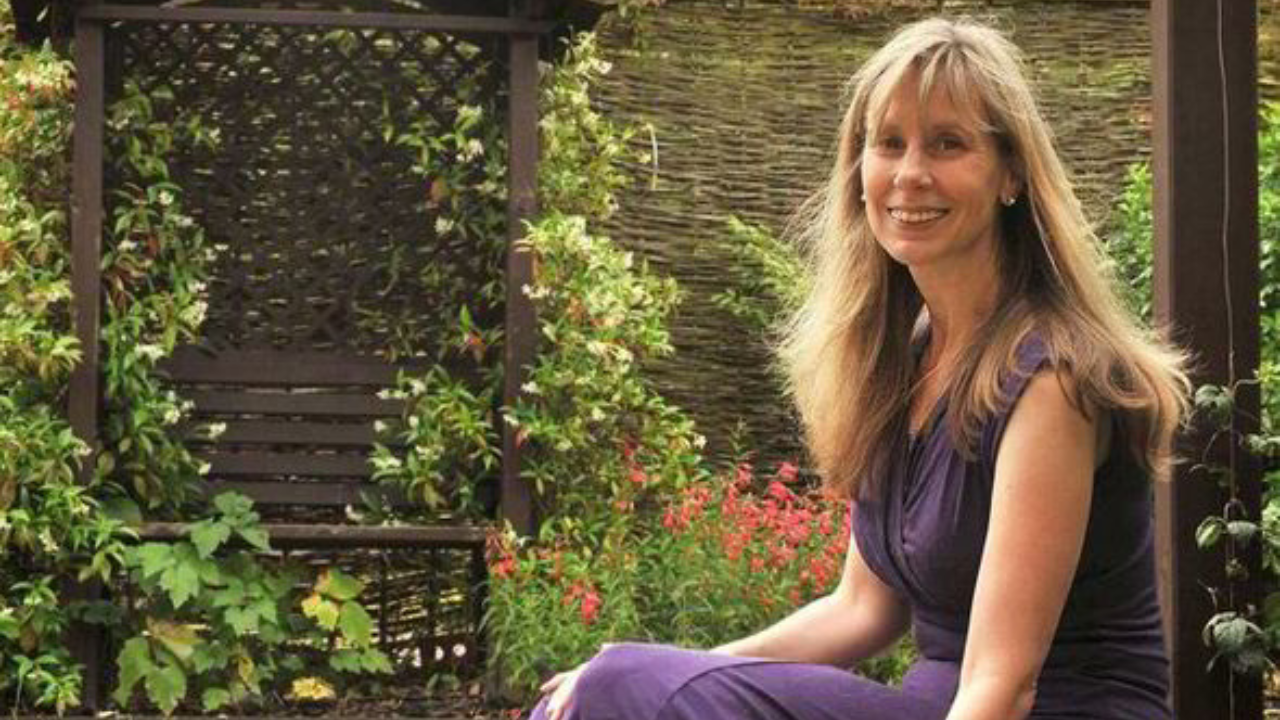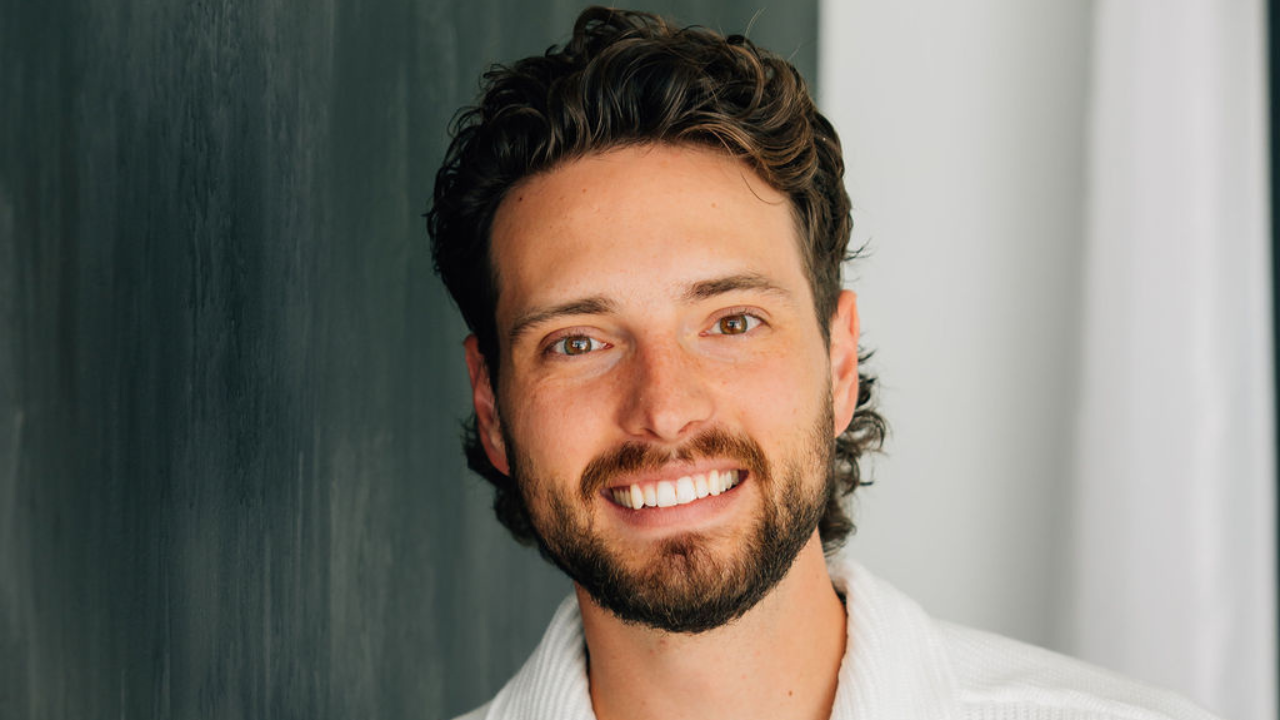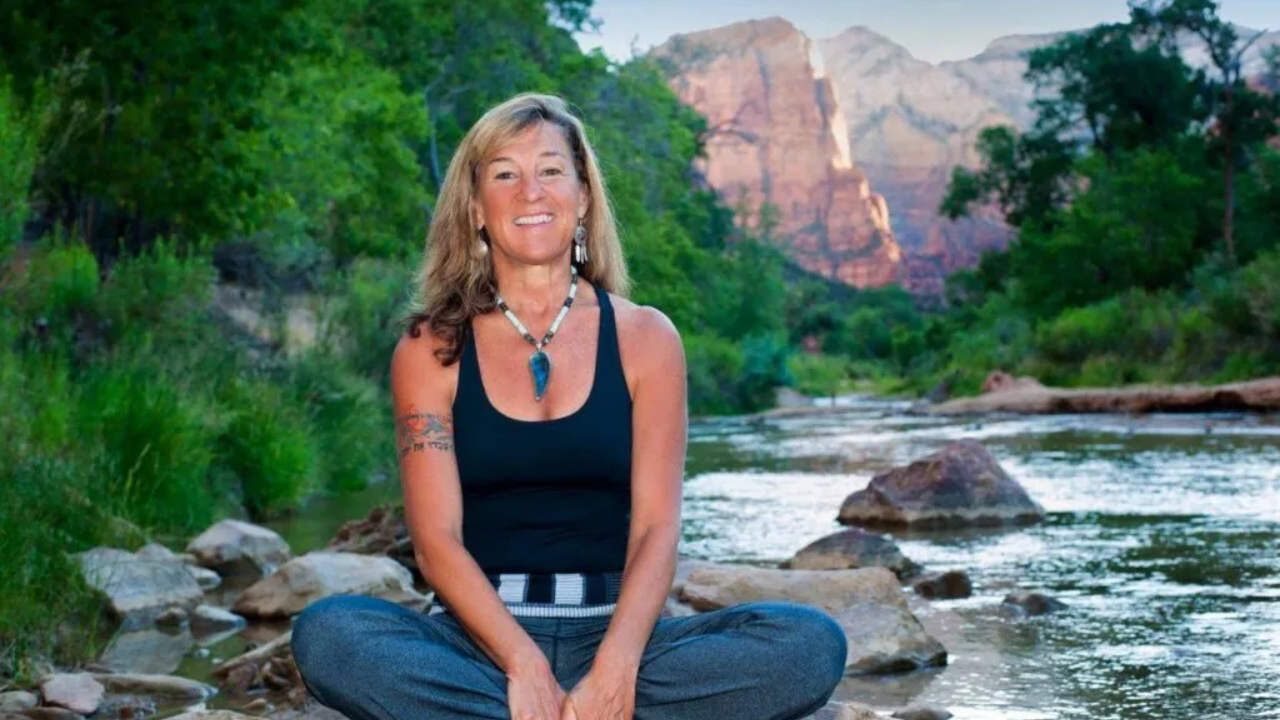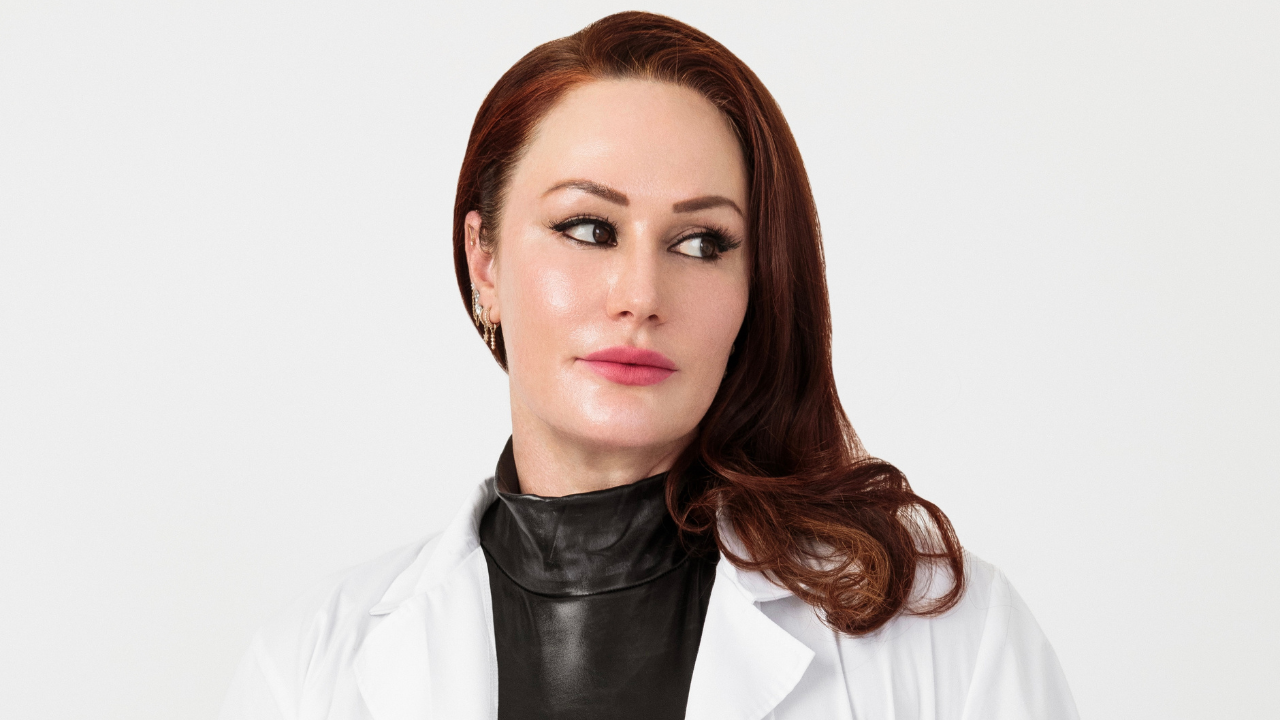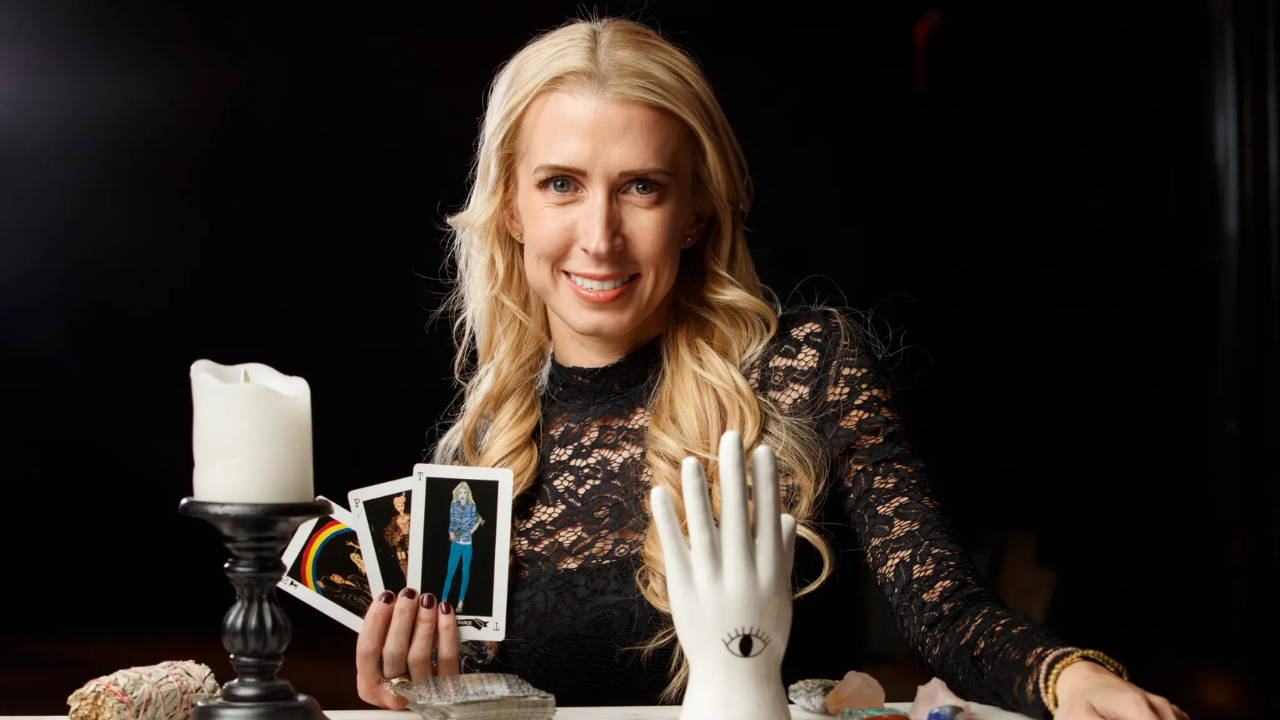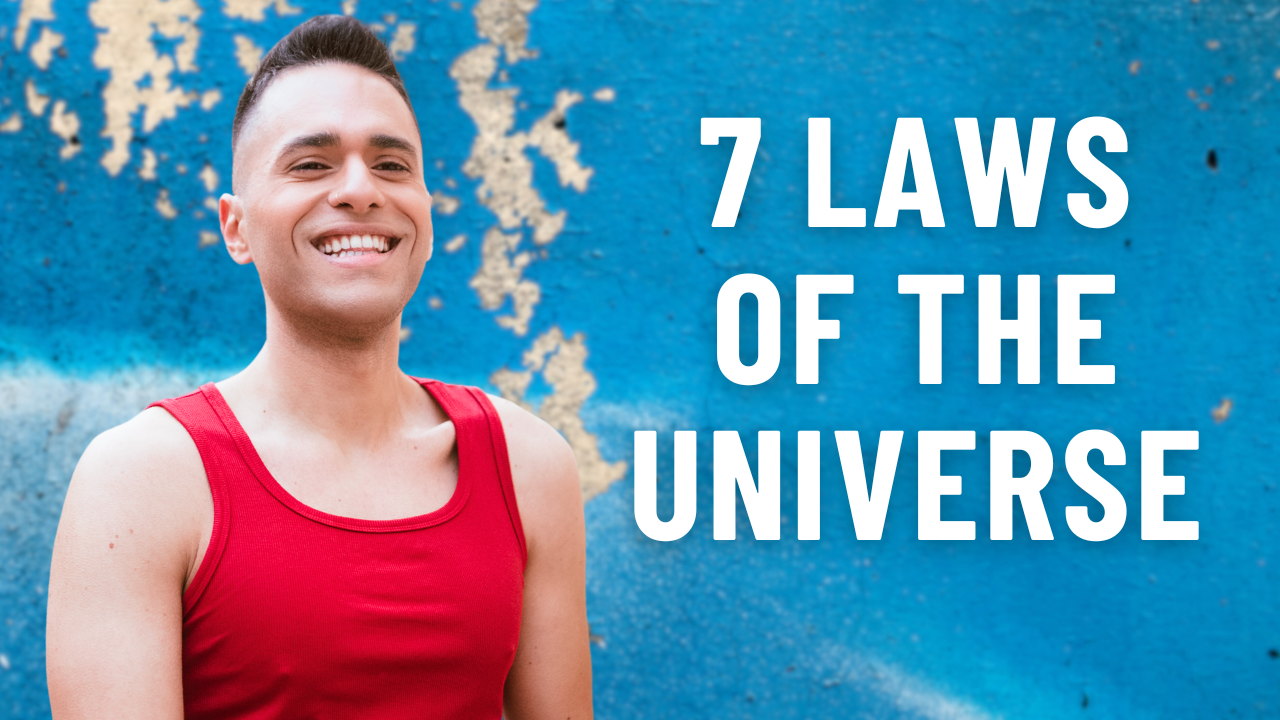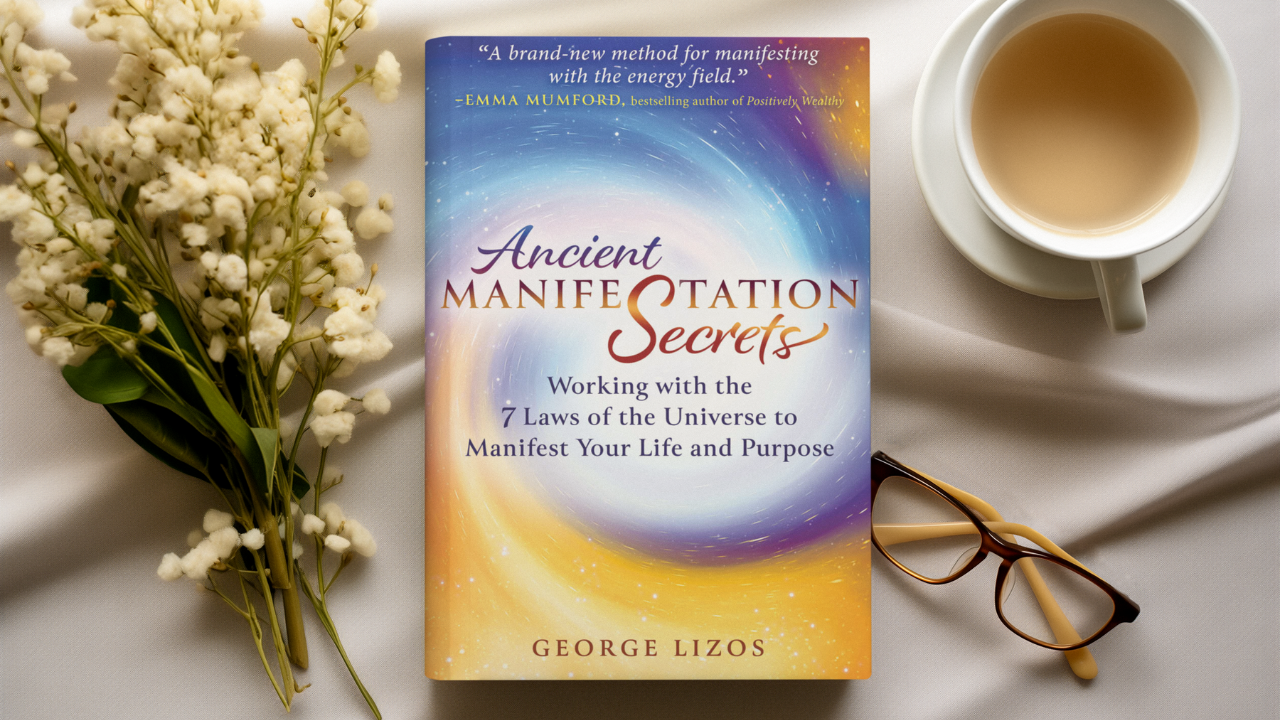Over the past few days I have tortured myself over this question. Even though I have been on a spiritual path for quite some time now and I feel comfortable in my understanding of the ontology of who I am; of who we all are, I couldn’t deny that I felt an overwhelming sense of emptiness that defied every definition I had managed to carve out. After several hours of futile attempts to come to a satisfying conclusion I came to realize that this is one of the few questions that you can’t really define, but must experience instead.
If like me, you’ve also had the imponderable experience of conceiving such a question, then allow me to give you a crash course in what I’ve come to know (I chose the word know carefully to distinguish it from the perception of the ego. To know means to have experienced it as a personal truth). The purpose of this article is not to indoctrinate you into my personal beliefs but trigger your thinking process and invite you to make your own conclusions, or maybe even entice you into undertaking your own spiritual journey.
I am my body – It is true that we all have very specific and distinguishable physical characteristics that differentiate us from other people, but is our body representative of the totality of who we are? From the day we are born until the day we leave this physical experience our body is in a constant process of change, and there comes the inevitable moment when it is no more. What happens to our consciousness when the physical body fades into the ethers?
I am my emotions – What are our emotions anyway? If you ponder on the nature of your emotions you will realize that an emotion cannot exist without a thought. Whatever you are feeling right now has a thought or a pattern of thoughts (belief) backing it up, therefore emotions are simply the manifestational outcome of thinking.
I am my thoughts – “I think therefore I am,” said French philosopher Rene Descartes, suggesting the indispensability of our thoughts to defining ourselves. However, to what extent are our thoughts really ours? We think as a result of our exposure to the world in which we live in, therefore our thoughts are not entirely our own, but are a co-creation of the stimuli we are exposed to and our own mind at a particular time-space-sequence.
Close your eyes to see
What happens when we stop thinking? More importantly, what kind of emotion will the absence of thought create? In this pure state of emptiness lies the truth of who we really are. If our body, thoughts and emotions are simply illusions of the human condition, a conduit for our soul to experience life in this time-space reality, then who we really are must be exposed when we consciously eliminate these factors from our human experience. This state is achieved through a simple yet powerful process that you have practiced, either consciously or not, many times before: The process of meditation.
Meditation is simply the act of quieting your mind from thought. You meditate just before you drift into sleep and moments after you wake up in the morning, you meditate while listening to the ticking of the clock, and you meditate when your mind finds stillness during a walk out in nature. When we manage to quiet our mind from the thought clutter we are bombarded with on a daily basis, our whole being returns to its original state: Pure-positive, all-loving, self-empowered Source energy expressing itself in physical form.
Meditation technique
If you are new to conscious meditation, don’t panic! The following steps will guide you into starting your meditation practice so that you can deliberately attune yourself to who you really are.
- Sit in a comfortable place and close your eyes. Allow your breathing to deepen and visualize the stress of the day and all your worries flushing out of your body.
- Keep your attention focused gently on your breathing, and when thoughts come into your mind acknowledge them and let them go. If it helps, visualize them being carried away by a flowing river. The aim is not to obliterate the thoughts or push against them, but to notice and release them.
- Stay in this meditative state for 10-15 minutes. Even if you only manage to find stillness for two or three minutes, they are enough to raise your vibration to the frequency of your higher self. In this pure state of stillness you will experience the powerful emotions of bliss and love, which represent the truth of who you really are.
Recommended for you
Haven't found your life purpose yet?
Sign up below to download my FREE step-by-step guide to find and define your life purpose in a specific two-paragraph definition. You'll also receive a weekly email from me packed with intuitive guidance, spiritual processes, and exclusive trainings to support your journey.


